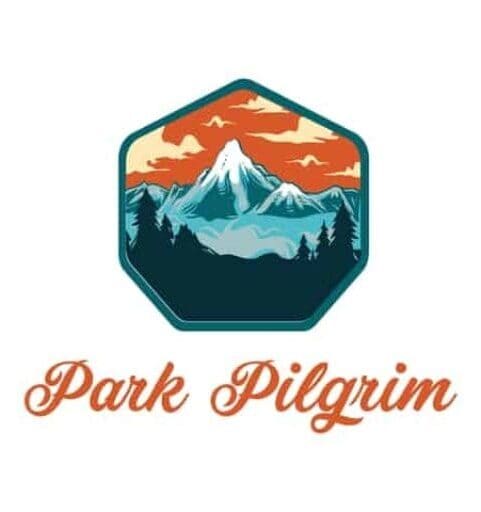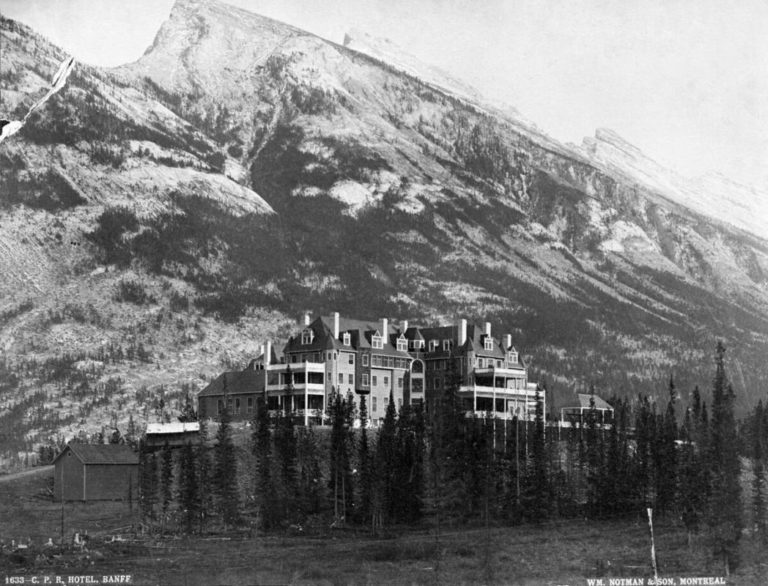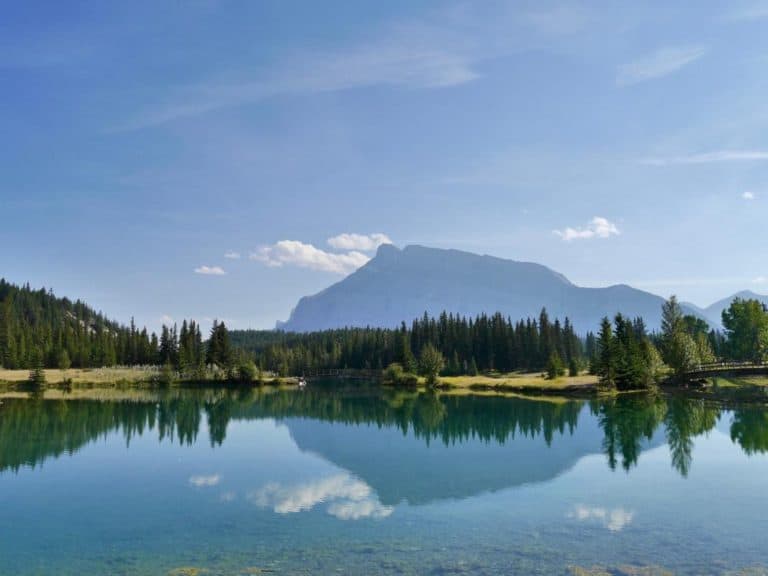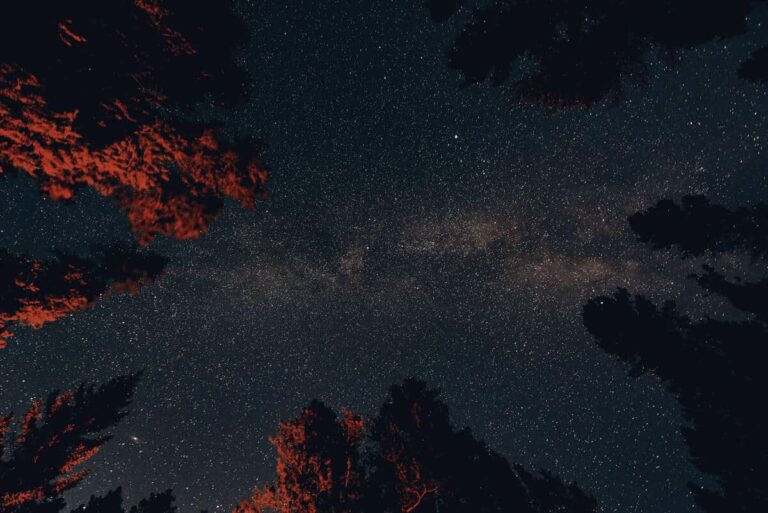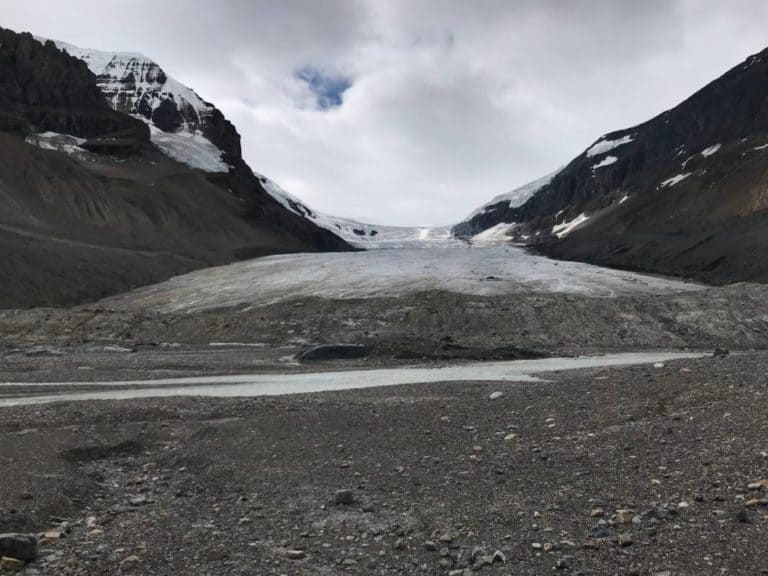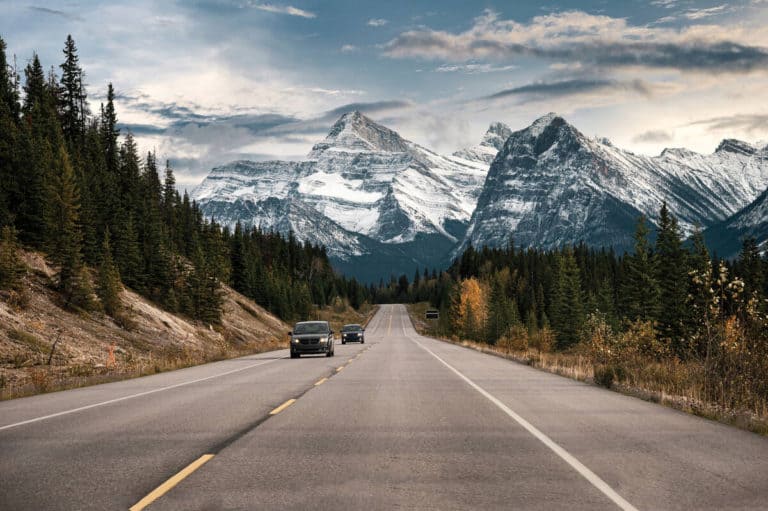11 Things Tourists Really Love About Banff (and What They Don’t Tell You) – Ranked!

What’s actually worth your time in Banff, Canada’s crown jewel national park? And more importantly — what’s the reality behind those perfect social media posts? I dug into it and managed to surface the eleven main things about the park that attracts tourists to the Canadian Rockies.
Banff is absolutely stunning. That part’s not fake. But there’s a whole lot that those carefully cropped photos aren’t showing you. Let’s dive into what tourists actually love about this place — and what nobody’s telling you about the experience.
I counted mentions across several Banff forums to get a true picture of what visitors really care about. These are those forums:
- https://www.facebook.com/groups/1547297969534947
- https://www.facebook.com/groups/overheardinbanff
- https://www.facebook.com/groups/792165477871944
- https://www.reddit.com/r/Banff/?rdt=38430
- https://www.quora.com/Whats-it-like-in-Banff-Canada-for-tourists
Now we got that out of the way, let’s dive in!
1. Scenic Views (That You Might Not Actually See) — 152 mentions
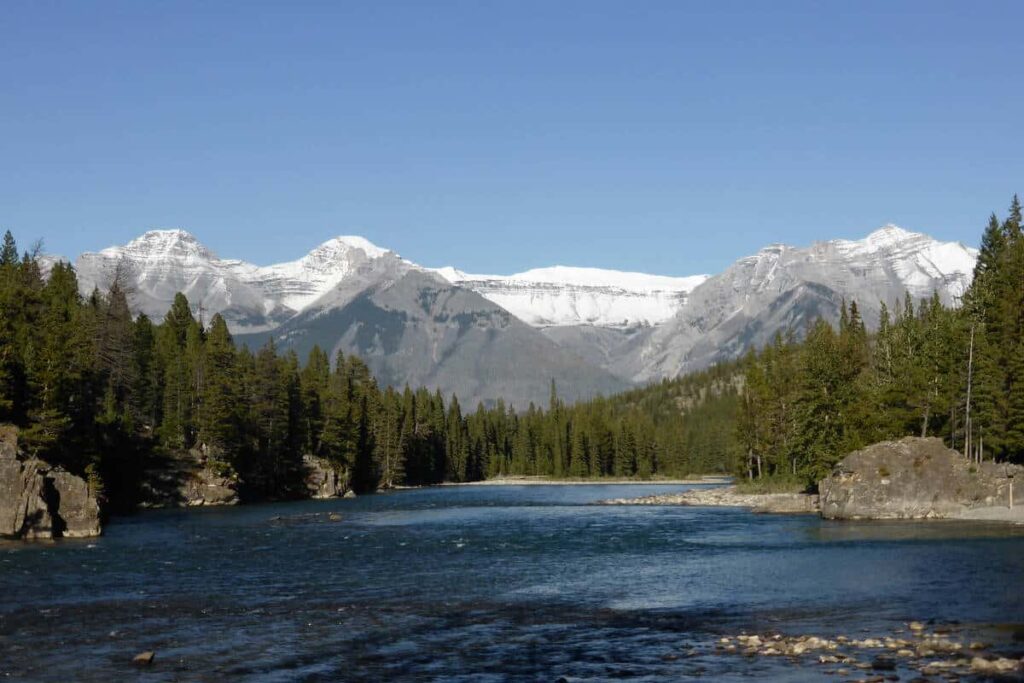
guess no surprise here: Banff’s scenic vistas consistently rank as the most beloved feature among visitors. And yeah, places like Moraine Lake, Lake Louise, and the Icefields Parkway are legitimately breathtaking. The sunrise and sunset views, in particular, can make even the most jaded traveler stop and stare.
Want to know what’s funny? There’s a decent chance you might not even get to see Lake Louise if you show up during peak season without a plan.
The parking lots frequently reach capacity, and once they’re full, you’re out of luck. Imagine driving all the way to Banff, possibly from another country, only to be turned away by a park ranger because there’s literally nowhere to park your car.
This isn’t just occasional bad luck — it’s become the norm. The park has gotten so popular that overcrowding is seriously detracting from the experience for many visitors. Those serene, people-free photos you see online? They were either taken at 5 am or carefully framed to exclude the hundreds of other tourists jostling for the same shot.
2. Hiking Trails (With a Side of Human Traffic Jams) — 118 mentions
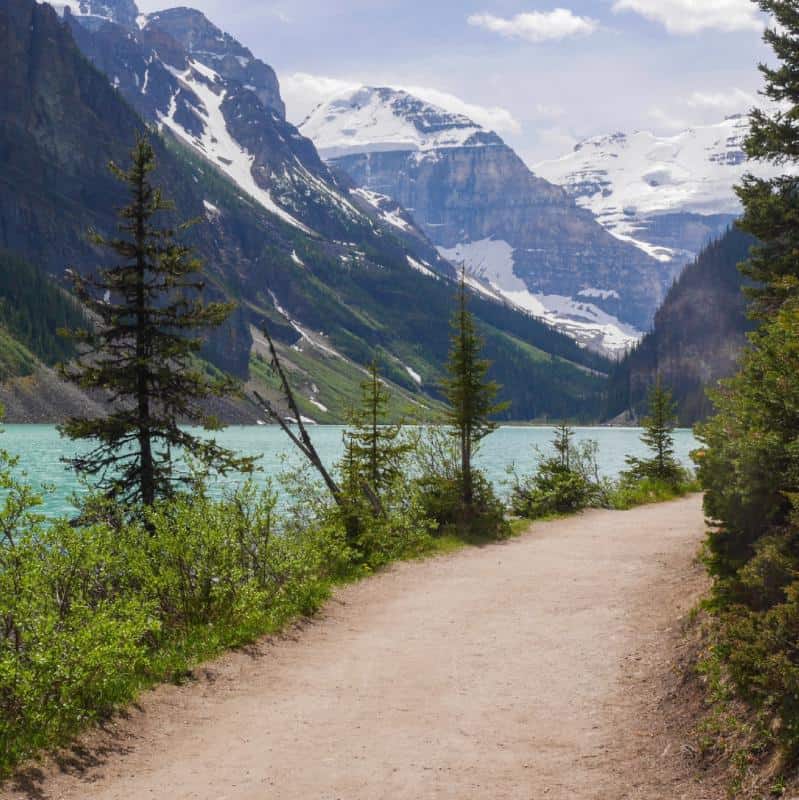
Banff’s network of hiking trails gets a ton of love from visitors of all abilities. Johnston Canyon, Big Beehive, and Plain of Six Glaciers are frequently mentioned as favorites, and for good reason — they offer incredible scenery that’s relatively accessible.
But here’s what actually matters: timing and expectations. During summer months, popular trails turn into human highways. The Johnston Canyon walkway — which is literally a narrow boardwalk built onto the side of a canyon — can become so crowded that you’ll find yourself shuffling along in a slow-moving line rather than enjoying a peaceful nature walk.
And that’s assuming the trail is even open. Trail erosion from heavy foot traffic has become such an issue that some areas get temporarily closed to prevent further damage or to protect wildlife habitats.
The park service doesn’t always advertise these closures prominently on their website, so you might show up ready for your dream hike only to find a closure sign at the trailhead.
3. Wildlife Encounters (That Could End Badly) — 103 mentions
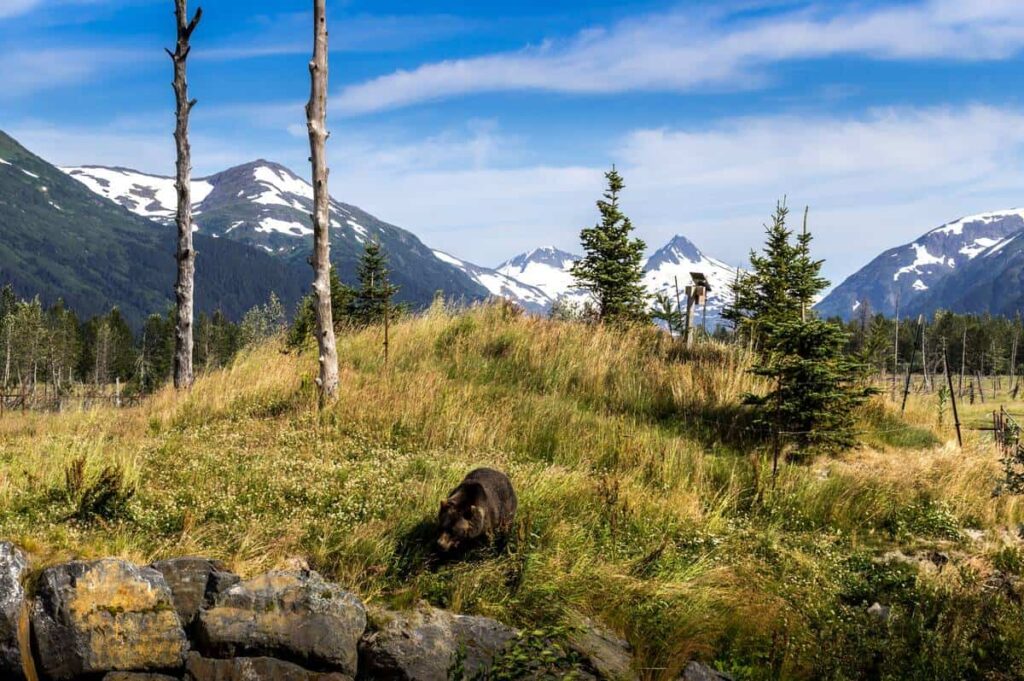
Spotting wildlife ranks high on most visitors’ lists, and Banff delivers with elk, moose, bears, and mountain goats frequently seen throughout the park. It’s genuinely thrilling to spot a bear from a safe distance or watch a herd of elk grazing in a meadow.
The truth is, though, that human-wildlife conflicts in Banff are a growing problem. In 2023 alone, there were over 2,500 incidents involving wildlife. Many of these were dangerous encounters caused by people doing incredibly stupid things like feeding wild animals or getting way too close to snap the perfect selfie.
Let’s be real here — a grizzly bear doesn’t care about your Instagram followers. These are wild animals, not props for your social media posts. Parks Canada has had to implement increasingly strict regulations and educational campaigns because people just can’t seem to grasp this concept.
4. Lakes (That Are Getting Loved to Death) — 91 mentions
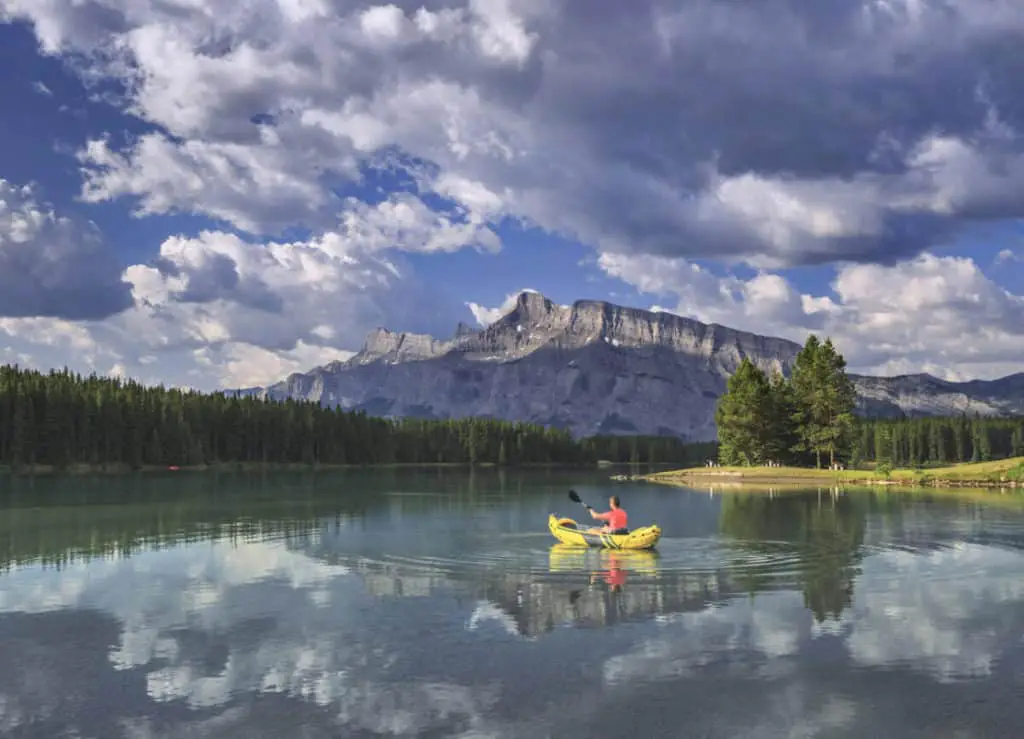
Moraine Lake, Lake Louise, Peyto Lake, Two Jack Lake — these stunning turquoise bodies of water are probably what you picture when you think of Banff. Their striking color comes from glacial silt suspended in the water. It creates that otherworldly blue hue that looks almost photoshopped, even in real life.
Activities like canoeing on Lake Louise are bucket list items for many visitors. But access to some lakes is now restricted during peak season specifically because they’ve become too popular. The sensitive ecosystems surrounding these lakes can’t handle unlimited human traffic, so park managers have had to impose limits.
For example, during summer months, you now need to take a shuttle to access Moraine Lake. The days of spontaneously driving up whenever you feel like it are increasingly a thing of the past. And those peaceful moments of solitude by an alpine lake? You might need to wake up at 4 am to experience that now.
5. Mountains (and Their Disappearing Wildlife) — 86 mentions
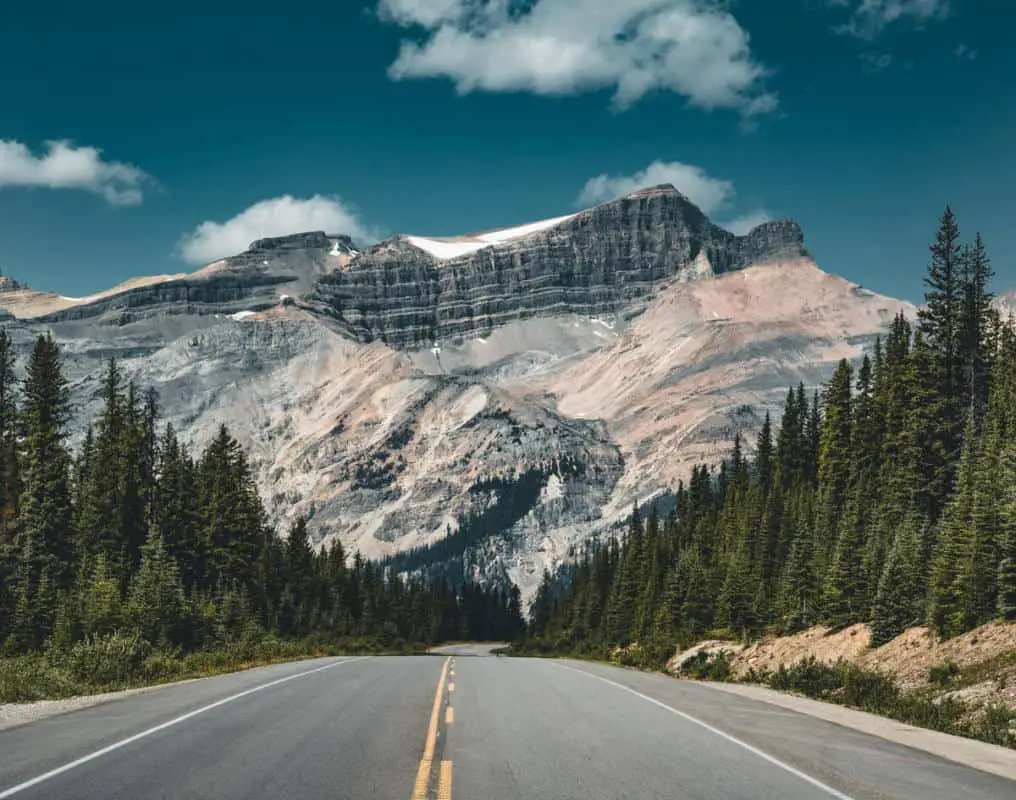
The towering peaks of Banff’s mountains — Mount Rundle, Cascade Mountain, and the Valley of the Ten Peaks — inspire awe in pretty much everyone who sees them. They form the backbone of the park’s identity and provide the dramatic backdrop for all those other attractions.
Maybe you know that increased recreational activity in these mountain areas has raised serious concerns about habitat disruption for wildlife like grizzly bears. As more people venture into previously remote areas, animals are losing the undisturbed habitat they need to thrive.
It’s a complex problem — the more popular the park becomes, the more pressure is put on its wildlife. Bears need large, connected territories to find mates and food sources. When human activity fragments these territories, it creates real challenges for conservation efforts.
6. Banff Town (Tourist Trap or Charming Alpine Village?) — 77 mentions
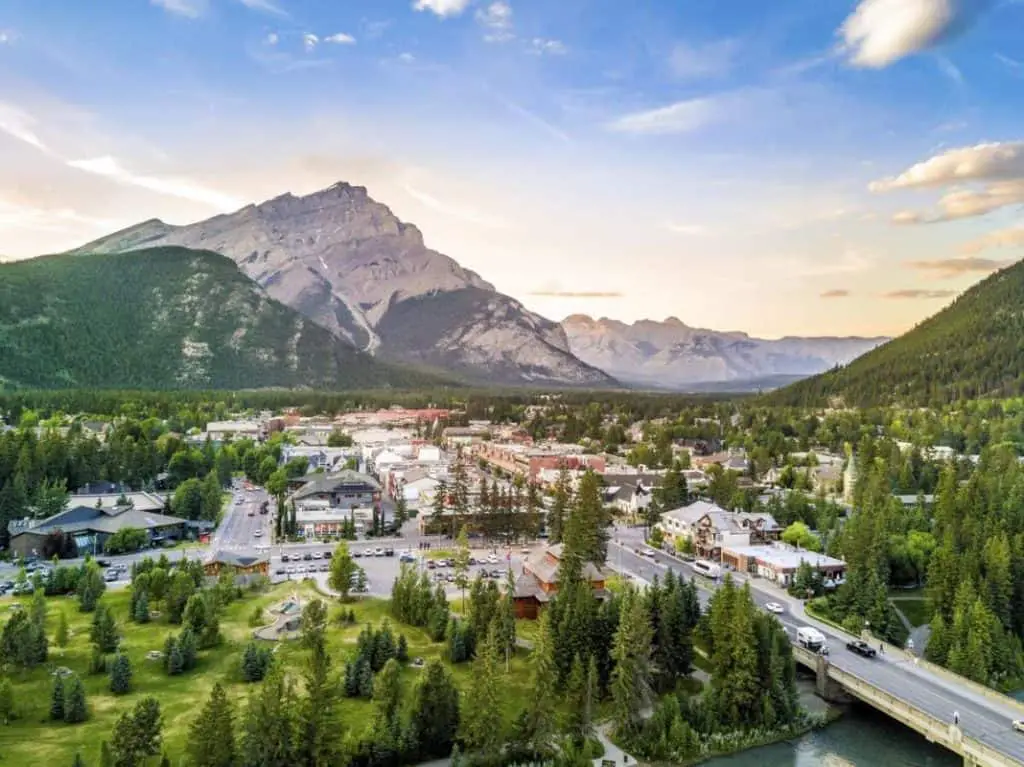
The town of Banff offers a picturesque alpine atmosphere with all the amenities you’d expect: restaurants, shops, and cultural attractions. Many tourists appreciate that it strikes a balance between modern conveniences and proximity to nature.
But traffic congestion in the town has become a significant headache during peak seasons. The infrastructure simply wasn’t designed to handle the massive influx of visitors that Banff now receives. Finding parking can be a nightmare, and the main streets get so crowded during summer that what should be a charming stroll turns into a shoulder-to-shoulder shuffle.
And yeah, the restaurants are good — but they’re also expensive as hell and often packed with hour-long waits during prime dining times. Is it worth it? Sometimes. But temper your expectations about spontaneously popping into that cute café you spotted online during the high season.
7. Skiing (The Winter Wildcard) — 72 mentions
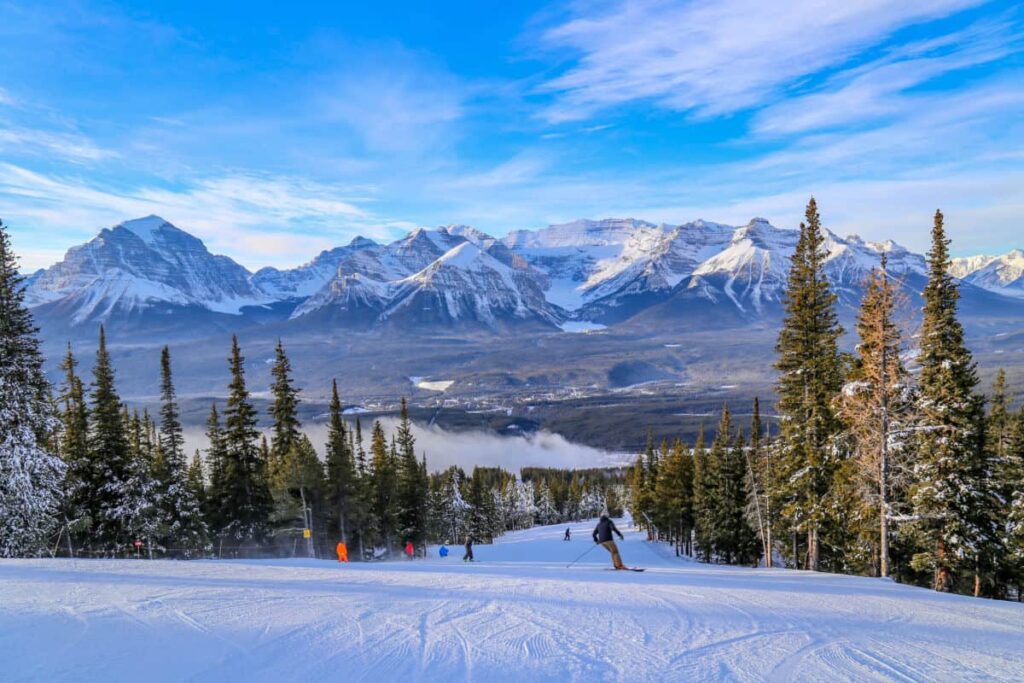
Banff is legitimately a premier winter destination thanks to its three world-class ski resorts: Sunshine Village, Lake Louise Ski Resort, and Mount Norquay. The quality of snow and variety of terrain available for skiing and snowboarding is excellent by any standard.
Winter actually offers a reprieve from the worst of the overcrowding issues that plague the park in summer. The landscapes are just as stunning (maybe even more so) when draped in snow, and there’s something magical about those crisp, clear winter days in the mountains.
The downside? Winter in the Canadian Rockies is no joke. Temperatures can plummet to seriously uncomfortable levels, and road conditions can become treacherous. But if you can handle the cold, winter might actually be the best time to experience Banff without the worst of the crowds.
8. Camping (If You Can Snag a Spot) — 67 mentions
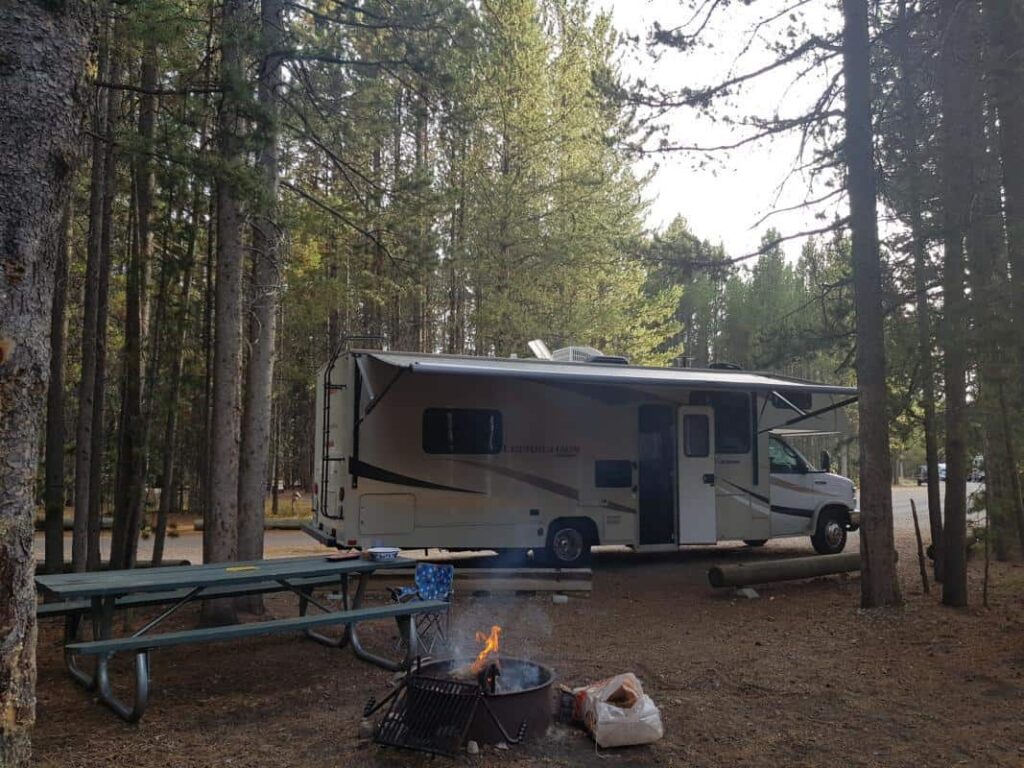
Camping allows visitors to fully immerse themselves in Banff’s wilderness. The campgrounds are generally well-maintained, with decent facilities throughout the park.
However — and this is a big however — overcrowding at campgrounds during summer months is a real problem. Prime spots at the most popular campgrounds are often booked solid months in advance. Parks Canada encourages visitors to plan ahead or visit during shoulder seasons, but that’s cold comfort if you’re trying to plan a family vacation during school holidays.
And even if you do secure a campsite, be prepped for neighbors setting up camp remarkably close to you. The days of feeling like you’ve got a slice of wilderness to yourself are increasingly rare in Banff’s frontcountry campgrounds.
9. Hot Springs (A Legitimate Historic Treasure) — 59 mentions
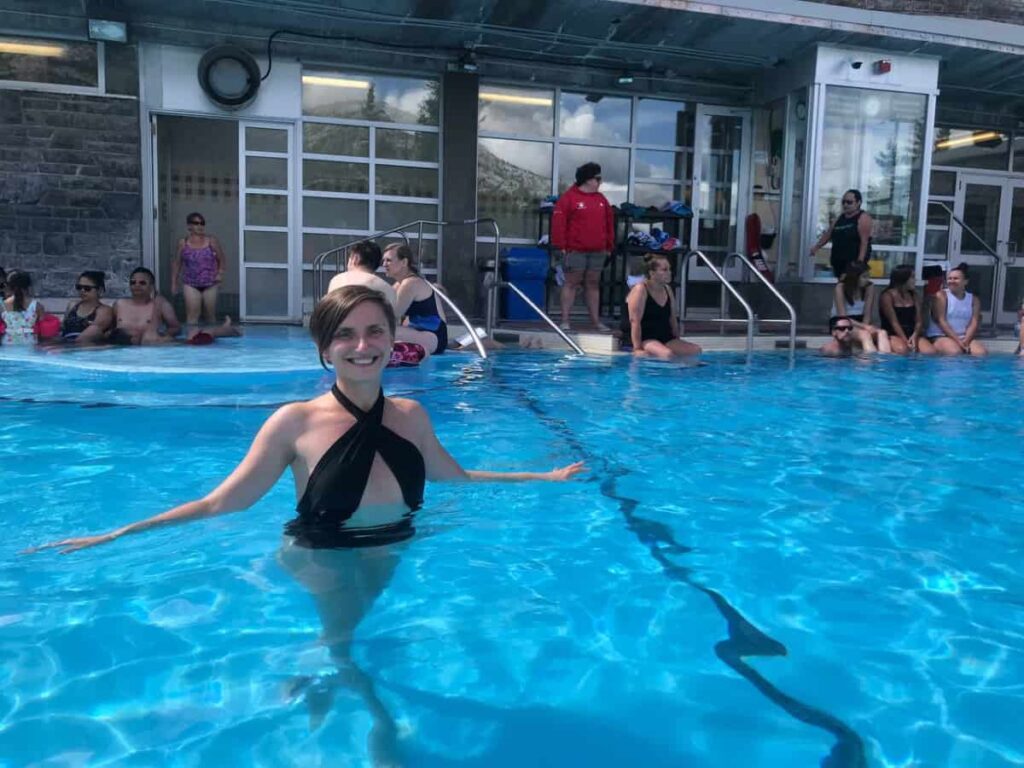
The Banff Upper Hot Springs provide a relaxing retreat after a day of outdoor activities. There’s something undeniably pleasant about soaking in mineral-rich waters while taking in mountain views.
The hot springs also hold historical significance as one of the park’s original attractions — they’re actually why the park was established in the first place. Railway workers discovered these springs in the 1880s, leading to the creation of Canada’s first national park around them.
What nobody tells you, though, is that the hot springs can get incredibly crowded. And during extremely busy periods, your soak might be limited to a timed entry.
10. Photography Spots (The Instagram Effect) — 57 mentions

Banff is a paradise for photographers seeking iconic landscape shots. The Rockpile Trail at Moraine Lake, the shoreline reflections of Mount Rundle at Vermillion Lakes, and Johnston Canyon’s waterfalls are all definitely spectacular subjects.
Social media has amplified interest in these locations to an unprecedented degree, creating a feedback loop of popularity. People see stunning photos online, they want to capture those same images themselves. And the cycle continues.
This has led to some absurd situations where dozens of photographers will line up tripods in the exact same spot, all waiting to take essentially identical photos.
There’s something both comical and slightly sad about watching a long line of people shuffle up to a specific rock, snap the same photo that thousands of others have taken, and then move on without really experiencing the place.
11. Picnic Areas (Simple Pleasures) — 49 mentions
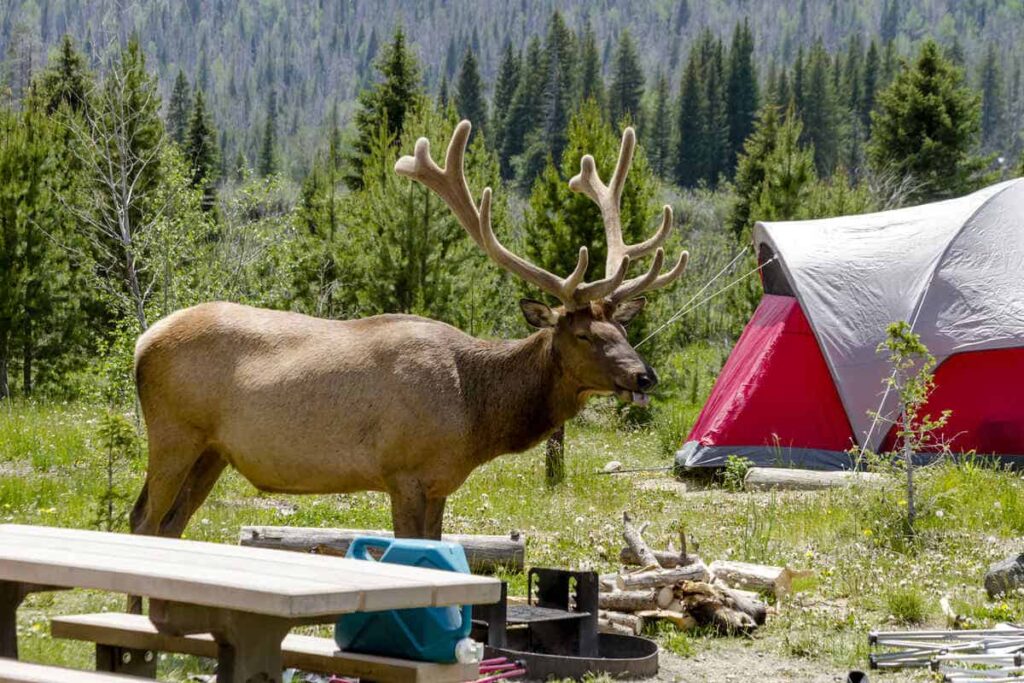
Sometimes it’s the simple things, right? Banff’s picnic areas provide visitors with opportunities to relax and enjoy meals amidst stunning natural surroundings. Popular spots include Two Jack Lake and Bow Falls viewpoints.
These areas are appreciated for their accessibility, though they too can become crowded during peak hours. Still, there’s something special about enjoying a sandwich with a view that would cost you hundreds of dollars if it were the backdrop to a restaurant meal.
So Is Banff Still Worth Visiting?
I don’t want to come across as completely negative. Banff National Park is legitimately one of the most beautiful places on the planet. I mean, I spent the best time of life there, being lucky enough to be allowed to work and live there.
The combination of mountains, lakes, forests, and wildlife is spectacular by any standard. There’s a reason it’s become so popular — it’s genuinely worth seeing.
But the reality of visiting Banff today requires adjustment of expectations and serious planning. The days of spontaneous road trips with impromptu stops at all the highlights are increasingly a thing of the past. At least during peak season.
Here’s what actually matters if you’re planning a trip:
- Consider visiting during shoulder seasons (late spring or early fall) when the crowds thin out but the weather is still decent.
- Make reservations — for accommodation, campgrounds, and even some attractions — well in advance.
- Have backup plans for everything. If that popular trail or viewpoint is too crowded or closed, know where else you might go.
- Get up early. Like, really early. Dawn at Moraine Lake is not only less crowded but also offers some of the most beautiful light for experiencing (and yes, photographing) the landscape. Although you’re restricted to the shuttle service operating hours.
- Explore less-known areas of the park. There are plenty of beautiful spots that don’t make it onto the ‘top 10’ lists but offer equally rewarding experiences.
The biggest issue facing Banff isn’t that it’s become too popular — it’s that its popularity is concentrated in a handful of hotspots while other beautiful areas go relatively unvisited.
Spreading out and exploring beyond the greatest hits can lead to a more authentic and enjoyable experience.
Banff’s natural beauty remains its greatest asset, but sustainable tourism practices are becoming essential to preserving its unique environment.
The park exists in a delicate balance between accessibility and conservation, between showing off its wonders and protecting them.
If you go with realistic expectations, a bit of flexibility, and respect for both the natural environment and the experience of other visitors, Banff can still deliver on its promise of wilderness wonder.
Just don’t expect to have those postcard-perfect spots all to yourself — those days, for better or worse, are largely behind us.
